When considering getting a tattoo, one of the essential aspects to contemplate is the cost. Tattoo cost per hour is a significant factor that plays a crucial role in determining the overall expenses involved in getting inked. This article aims to delve into the various factors, estimates, and comparisons associated with tattoo cost per hour, shedding light on what influences the pricing of this art form. Factors Influencing Tattoo Cost Per Hour
- Tattoo Artist’s Experience and Skill Level: One of the primary determinants of the cost per hour is the tattoo artist’s experience and skill level. Highly skilled and renowned tattoo artists with extensive expertise often charge a higher rate due to their reputation and demand. They have honed their craft over years of practice, resulting in exceptional quality work.
- Tattoo Shop’s Location: The geographical location of the tattoo shop also impacts the cost per hour. Tattoo parlors situated in urban centers or popular tourist destinations generally have higher overhead costs, such as rent and taxes, which can translate into higher pricing. On the other hand, studios in less densely populated areas may offer more affordable rates.
- Tattoo Design Complexity and Size: The complexity and size of the tattoo design significantly influence the cost per hour. Elaborate and intricate designs that require meticulous attention to detail and extensive shading will take longer to complete, thus increasing the overall cost. Larger tattoos covering a substantial area of the body will also require more time and effort, leading to higher hourly rates.
- Tattoo Placement: The placement of the tattoo on the body can impact the cost per hour as well. Areas that are more challenging to tattoo, such as the ribs, hands, or feet, may require additional expertise and time from the artist, resulting in a higher hourly rate. Conversely, areas that are easily accessible and less intricate to work on may be priced at a lower rate.
- Tattoo Shop’s Reputation and Demand: The reputation and demand for a particular tattoo shop can also affect the cost per hour. Well-established and highly sought-after studios may charge a premium due to their exceptional track record, positive reviews, and popularity among clients. Such reputable establishments often have a waiting list, contributing to their higher pricing.
What is the average cost per hour for tattoos?
The average cost per hour for tattoos is a frequently asked question among individuals considering getting inked. The pricing structure of tattoos can vary significantly depending on several factors, including the artist’s experience and skill level, the complexity and size of the design, the location of the tattoo studio, and the geographic region. Understanding these factors and their impact on the average cost per hour for tattoos is crucial for those who want to make informed decisions about their tattooing experience. One of the primary factors influencing tattoo pricing is the artist’s level of expertise and reputation.
Highly skilled and renowned tattoo artists often charge higher rates per hour due to their extensive experience, artistic ability, and demand. These artists have spent years honing their craft, mastering various tattooing techniques, and building a portfolio of exceptional work. As a result, their hourly rates reflect the value they bring to the table and the quality of their artistry. Another significant factor is the complexity and size of the tattoo design. Intricate and detailed designs that require a significant amount of time and meticulous attention to detail may be priced higher than simpler, smaller tattoos. This is because complex designs necessitate a higher level of skill, concentration, and precision, which can extend the overall tattooing process. Tattoo artists factor in the time required to complete the design when determining the hourly rate, ensuring they are adequately compensated for their expertise and effort. The location of the tattoo studio also plays a role in the average cost per hour for tattoos. Tattoo studios situated in larger cities or upscale neighborhoods often have higher overhead costs, such as rent and utilities. These costs are factored into the pricing structure, as tattoo artists need to cover their expenses and maintain a sustainable business. Consequently, studios in metropolitan areas may have higher hourly rates compared to those in smaller towns or less affluent areas.
Moreover, the geographic region where the tattoo studio is located can influence the average cost per hour for tattoos. Different countries, states, or even cities have varying economic conditions, market demands, and cost of living. These factors can impact tattoo pricing, with regions having a higher cost of living generally reflecting higher hourly rates. It is important to consider the regional context when researching average tattoo costs to have realistic expectations and a comprehensive understanding of the pricing landscape. When estimating the average cost per hour for tattoos, it is essential to recognize that prices can range significantly. On average, hourly rates can start anywhere from $100 to $300 or more. However, these numbers should be taken as general estimates, as various factors can cause prices to deviate from this range. It is always recommended to consult directly with tattoo artists or studios to obtain accurate pricing information based on the specific design and requirements. In conclusion, the average cost per hour for tattoos is influenced by multiple factors, including the artist’s expertise, the complexity of the design, the location of the studio, and the regional economic conditions. By considering these factors, individuals can gain a better understanding of the pricing structure in the tattoo industry. Remember that the investment in a tattoo is not solely monetary but also involves the artistry and skill of the tattoo artist, as well as the lifelong significance of the tattoo itself.

Factors influencing the hourly rates of tattoos
When it comes to getting a tattoo, one of the key considerations for enthusiasts is the cost. Tattoo artists typically charge an hourly rate for their services, which can vary significantly based on several factors. Understanding these factors is crucial for both tattoo artists and individuals seeking to get inked. In this article, we will explore the various elements that influence the hourly rates of tattoos.
- Experience and Skill Level:
One of the primary factors that affect the hourly rates of tattoos is the experience and skill level of the tattoo artist. Artists with a higher level of expertise and a proven track record in the industry often charge higher rates due to their mastery of techniques, creativity, and ability to deliver exceptional results. Their extensive experience may have led them to develop unique styles or specialize in intricate designs, making their services highly sought after. - Reputation and Demand:
The reputation and demand for a particular tattoo artist also play a significant role in determining their hourly rates. Artists who have established themselves as industry leaders or have gained recognition through awards and accolades may command higher prices. Additionally, artists with a strong following and a high demand for their work may choose to increase their rates to manage their workload effectively and maintain exclusivity. - Location:
The geographical location of the tattoo studio can have a notable impact on the hourly rates. Major cities or areas with a thriving tattoo culture and a higher cost of living tend to have higher prices for tattoos. This is primarily because artists in these regions have higher overhead expenses, including rent, utilities, and supplies. Moreover, the concentration of skilled artists in such areas can intensify competition, leading to higher rates to reflect the quality and demand. - Tattoo Size and Complexity:
The size and complexity of the tattoo design significantly influence the hourly rates. Larger tattoos that require more time and effort to complete naturally incur higher costs. Intricate designs with intricate linework, shading, or color blending also contribute to increased hourly rates, as they demand meticulous attention to detail and advanced artistic skills. - Customization and Design:
Custom-designed tattoos that require extensive consultation and collaboration between the artist and the client may result in higher hourly rates. The process of translating an individual’s vision into a unique and personalized tattoo design involves additional time and effort on the part of the artist. This level of customization often warrants higher prices due to the specialized nature of the work involved. - Tattoo Placement:
The placement of the tattoo on the body can affect the hourly rates as well. Certain areas, such as the hands, neck, or face, may require more precision and expertise to ensure optimal results. Artists may charge higher rates for tattoos in these sensitive or challenging locations due to the increased level of skill and attention required. - Studio and Equipment Quality:
The overall quality of the tattoo studio and the equipment used can influence the hourly rates. Studios that prioritize cleanliness, maintain a sterile environment, and invest in high-quality equipment and supplies often charge higher prices to cover their operational expenses. Clients value safety, professionalism, and the use of top-notch materials, and these factors contribute to the pricing structure. - Artist Availability and Waiting List:
Tattoo artists who have a long waiting list or limited availability may adjust their hourly rates accordingly. The demand for their services allows them to be selective with their clientele and potentially charge premium rates. Clients willing to wait or secure a spot with a highly sought-after artist may expect higher costs due to the exclusivity and reputation associated with booking their services.
It is important to note that these factors interact and vary across different tattoo studios and artists. Consequently, there can be significant variations in the hourly rates from one artist to another. Understanding these influences and considering personal preferences and budget constraints will assist individuals in making informed decisions when selecting a tattoo artist and estimating the . . . estimating the potential cost of their desired tattoo. Ultimately, the hourly rates of tattoos are influenced by a combination of factors such as the artist’s experience, reputation, location, the size and complexity of the design, customization, placement, studio quality, and artist availability. By considering these factors, individuals can have a better understanding of why certain artists may charge higher rates and make informed decisions when budgeting for their tattoo. It is essential to prioritize finding a skilled and reputable artist who aligns with one’s artistic vision while also considering the financial aspects to ensure a satisfactory and worthwhile tattoo experience.

Tattoo cost per hour vs flat-rate pricing: Which is better?
When it comes to getting a tattoo, one of the most crucial decisions you’ll face is determining how the pricing structure will work. Tattoo artists typically offer two main options: cost per hour and flat-rate pricing. Each approach has its own advantages and considerations, making it important to understand the differences between them. In this article, we’ll explore the intricacies of tattoo cost per hour and flat-rate pricing, delving into the factors, estimates, and comparison to help you make an informed decision. Tattoo Cost Per Hour: A Closer LookTattoo cost per hour is a pricing model where the artist charges based on the time spent working on the tattoo. In this scenario, the hourly rate often varies depending on the experience, skill level, and reputation of the tattoo artist, as well as the geographical location of the tattoo studio.
Artists with more expertise and a strong portfolio tend to command higher hourly rates. One of the advantages of the cost per hour model is transparency. Clients can see precisely how much time was spent on their tattoo and are only charged for the actual duration of the session. Additionally, this pricing structure allows for more flexibility in terms of making changes or additions to the design during the tattooing process. Since the cost is based on time, clients can work collaboratively with the artist to achieve the desired outcome. However, it’s essential to consider that a cost per hour approach may lead to uncertainty regarding the final price. More intricate or detailed tattoos may require additional sessions, resulting in higher overall costs. Furthermore, if the artist works slowly, it could extend the duration of the tattooing process, impacting the final price. It’s crucial to establish good communication with the artist to get a realistic estimate of the total time and cost involved. Flat-Rate Pricing: Understanding the BenefitsFlat-rate pricing, on the other hand, entails a fixed price for the entire tattoo, regardless of the time taken to complete it. This approach is commonly used for smaller, less complex designs where the artist can reasonably estimate the time required. With flat-rate pricing, clients know the exact cost upfront, providing a sense of financial certainty. The simplicity of flat-rate pricing is appealing to many clients.
It eliminates the need to track time and allows for easier budgeting. Artists may also offer package deals for multiple tattoos or predetermined design options at fixed prices, further streamlining the process. This pricing model can be advantageous when getting a small tattoo or when working with a limited budget. However, it’s important to note that flat-rate pricing may not be ideal for larger, more intricate tattoos. If the artist underestimates the time required, they may end up working longer hours without appropriate compensation. It could also lead to rushed work if the artist tries to complete a complex design within a fixed timeframe to maintain profitability. Therefore, it’s crucial to consult with the artist beforehand to ensure they accurately assess the scope of the tattoo. Comparing the Two: Which is Better?Determining which pricing model is better ultimately depends on various factors, including the size, complexity, and personal preferences. Tattoo cost per hour offers transparency and flexibility, allowing for adjustments during the tattooing process. It can be a suitable choice for larger, more intricate designs that may require multiple sessions.
On the other hand, flat-rate pricing provides upfront cost certainty, making it ideal for smaller, less complex tattoos or clients working within a specific budget. To make an informed decision, it’s recommended to discuss your tattoo ideas and expectations with the artist. They can provide insights into the estimated time required and the overall cost based on their experience and expertise. Ultimately, choosing a skilled and reputable artist who aligns with your vision and preferences is crucial, regardless of the pricing structure they Ultimately, choosing a skilled and reputable artist who aligns with your vision and preferences is crucial, regardless of the pricing structure they offer. Remember that the quality and artistry of the tattoo should be the primary focus, and the pricing model should be secondary. Communicate openly with the artist, review their portfolio, and discuss any concerns or questions you may have. By doing so, you’ll be able to make an informed decision that ensures a satisfactory tattoo experience and an exceptional piece of body art that you can cherish for a lifetime.

Comparing tattoo prices from different studios and artists
Comparing Tattoo Prices from Different Studios and ArtistsWhen it comes to getting a tattoo, one of the crucial factors to consider is the cost. Tattoo prices can vary significantly depending on various factors, including the studio and artist you choose. In this article, we will delve into the process of comparing tattoo prices from different studios and artists, providing you with insights to make an informed decision.
- Studio Reputation and Expertise:
The reputation and expertise of a tattoo studio play a pivotal role in determining the price range. Studios that have gained recognition for their exceptional work and have skilled artists on board may charge higher rates. Their extensive experience and established reputation often reflect the quality of their work, making them a sought-after choice for tattoo enthusiasts. While these studios may have higher prices, the level of professionalism, hygiene standards, and artistic excellence they offer can be worth the investment. - Artist Experience and Skill Level:
Tattoo artists with significant experience and exceptional skill sets may charge higher rates due to their expertise. These artists have honed their craft over the years, developed unique styles, and mastered intricate designs. Their skill level and ability to bring your vision to life can significantly impact the tattoo price. Remember, the artist’s portfolio is a valuable resource for assessing their proficiency, so take the time to browse through their previous work to determine if their style aligns with your preferences. - Tattoo Size and Complexity:
The size and complexity of the tattoo design are primary factors influencing the price. Larger tattoos require more time and effort to complete, resulting in higher costs. Intricate designs with fine details or elaborate shading also demand meticulous attention from the artist, potentially increasing the price per hour. It is important to consult with the artist about the estimated time required to finish your tattoo based on its size and complexity. This will help you gauge the potential cost and determine if it fits within your budget. - Tattoo Placement:
The placement of your tattoo can influence the pricing as well. Some areas of the body are more challenging to tattoo due to anatomical considerations or sensitivity. For example, getting a tattoo on the ribs or the inner part of the bicep may require extra skill and precision from the artist, leading to a higher price. On the other hand, more accessible areas like the forearm or calf might be less expensive. The complexity of the design combined with the difficulty of the placement can impact the final cost. - Custom Designs and Consultations:
If you desire a custom-designed tattoo, be prepared for additional costs. Custom work involves consultations with the artist to discuss your ideas, create a unique design, and make revisions before finalizing the artwork. This process requires time and effort outside of the tattooing session itself, which can affect the overall price. However, a custom design allows you to have a truly one-of-a-kind tattoo that holds personal significance and reflects your individuality.

Tips for budgeting and negotiating tattoo costs
Getting a tattoo can be an exciting and meaningful experience, but it’s important to consider the financial aspects before diving into the ink. Proper budgeting and negotiation can help you manage tattoo costs and ensure you get the best value for your money. In this article, we’ll explore some helpful tips for budgeting and negotiating tattoo costs to help you make informed decisions.
- Research Tattoo Artists and Studios:
Before even thinking about the cost, it’s crucial to research tattoo artists and studios in your area. Look for reputable artists with a strong portfolio and positive reviews. Take note of their expertise, style, and specialization to ensure they can deliver the tattoo you desire. By finding a skilled artist, you can expect quality work, which is essential when investing in a permanent piece of art. - Set a Realistic Budget:
Once you’ve found a few tattoo artists that align with your preferences, it’s time to establish a realistic budget. Consider how much you’re willing to spend on your tattoo and how it fits into your overall financial plan. Remember that tattoos are a form of art, and skilled artists often charge accordingly. It’s essential to strike a balance between your desired design and the budget you’ve set to avoid any financial strain. - Consultation and Design Process:
Most tattoo artists offer a consultation where you can discuss your ideas and receive expert advice. During this process, be transparent about your budget limitations. Skilled tattoo artists can work with you to create a design that fits both your vision and your financial constraints. They can suggest adjustments, alternative options, or provide insights into cost-saving techniques without compromising the quality of the tattoo. - Consider the Size and Complexity of the Design:
Tattoo cost is often calculated based on the size and complexity of the design. Larger tattoos or intricate details require more time and effort from the artist, which can significantly impact the overall cost. If you’re on a tight budget, consider simplifying your design or reducing its size. Discuss with your chosen artist to find a compromise that fits your budget while maintaining the essence of your desired tattoo. - Time vs. Cost:
When it comes to tattoos, time is money. Many tattoo artists charge by the hour, and the longer a tattoo takes, the more it will cost. While it’s crucial not to rush the artistic process, be mindful of the time it may take to complete your tattoo. Consider factors such as shading, color, and intricate linework, as these can increase the time required. By striking a balance between complexity and time, you can manage costs more effectively. - Flexible Scheduling:
If you’re working within a limited budget, you may want to inquire about flexible scheduling options with your tattoo artist. Some artists offer discounted rates for sessions booked during off-peak hours or weekdays. By being flexible with your schedule, you may be able to negotiate a better price without compromising on the quality of the tattoo. - Avoid Bargain Hunting:
While it’s important to budget and negotiate, it’s equally crucial to prioritize quality and safety. Beware of overly cheap tattoo offers, as they may indicate inexperienced or unskilled artists. Tattooing involves permanently altering your body, so it’s crucial to choose an artist with a solid reputation, even if it means paying a little more. Sacrificing quality for the sake of saving money can lead to disappointing results and potential health risks. - Save and Plan Ahead:
If your dream tattoo is beyond your current budget, consider saving and planning ahead. Allocate a specific amount each month towards your tattoo fund and set a target date for when you’d like to get the tattoo. This approach allows you to save gradually and have a more substantial budget when the time comes. Additionally, planning ahead gives you the opportunity to
This approach allows you to thoroughly research artists, consult with them, and ensure you have enough funds to invest in the tattoo you truly desire without compromising on quality. By saving and planning ahead, you can approach the tattoo process with financial confidence and peace of mind. Remember, budgeting and negotiating tattoo costs is about finding the right balance between your desired design, the artist’s expertise, and your financial limitations. By following these tips and being open and honest with your chosen artist, you can navigate the world of tattoo pricing with confidence, ultimately getting a tattoo that you’ll cherish for a lifetime.

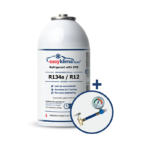
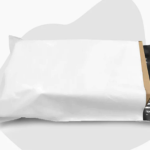













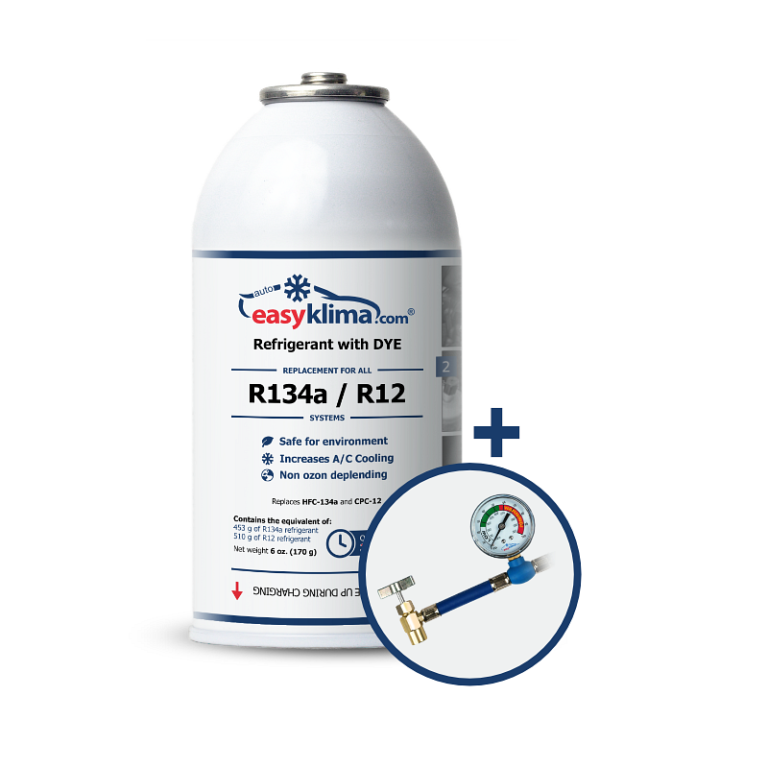
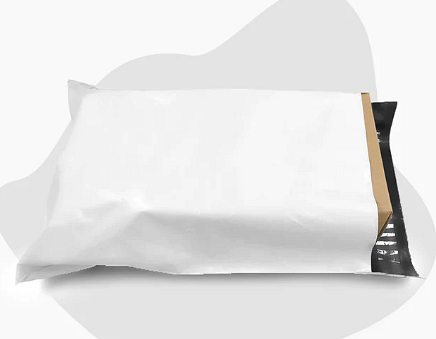
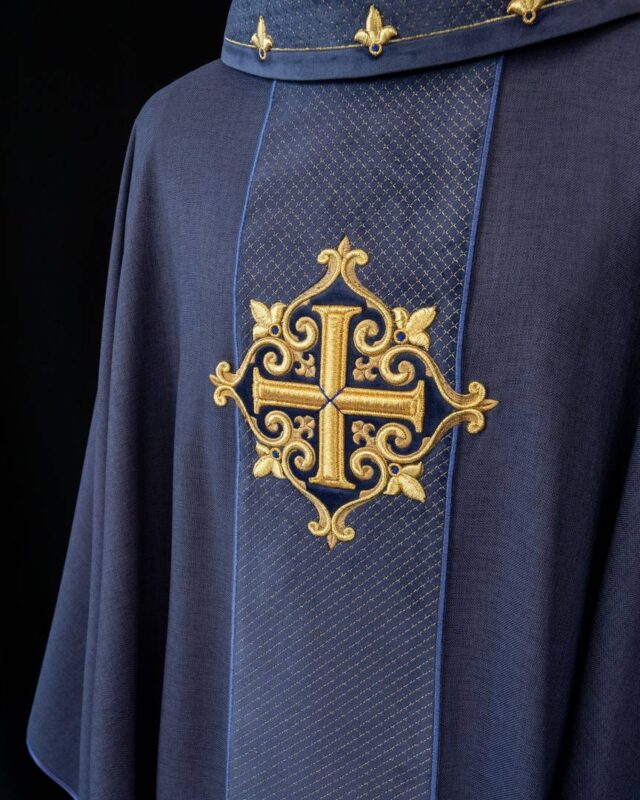
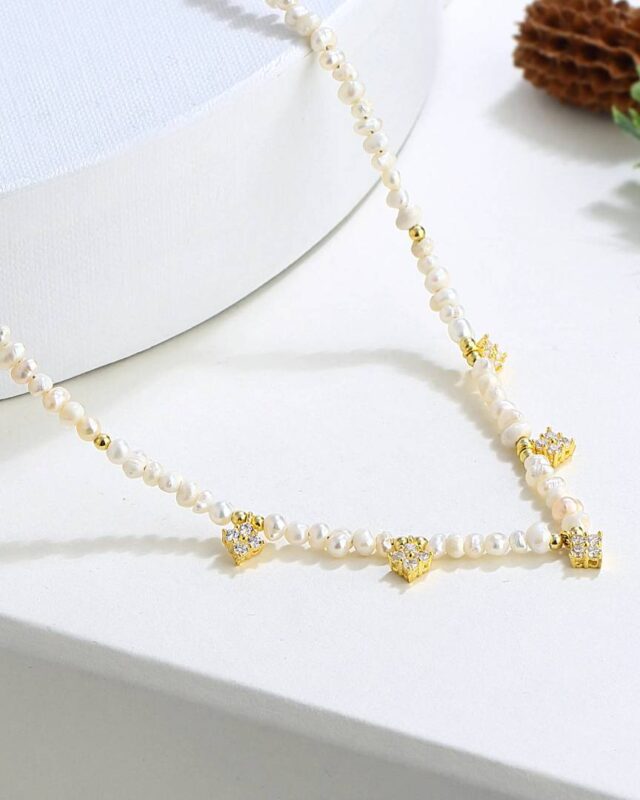


I agree 100% with Mr. Editor!